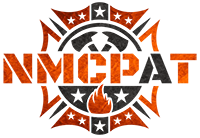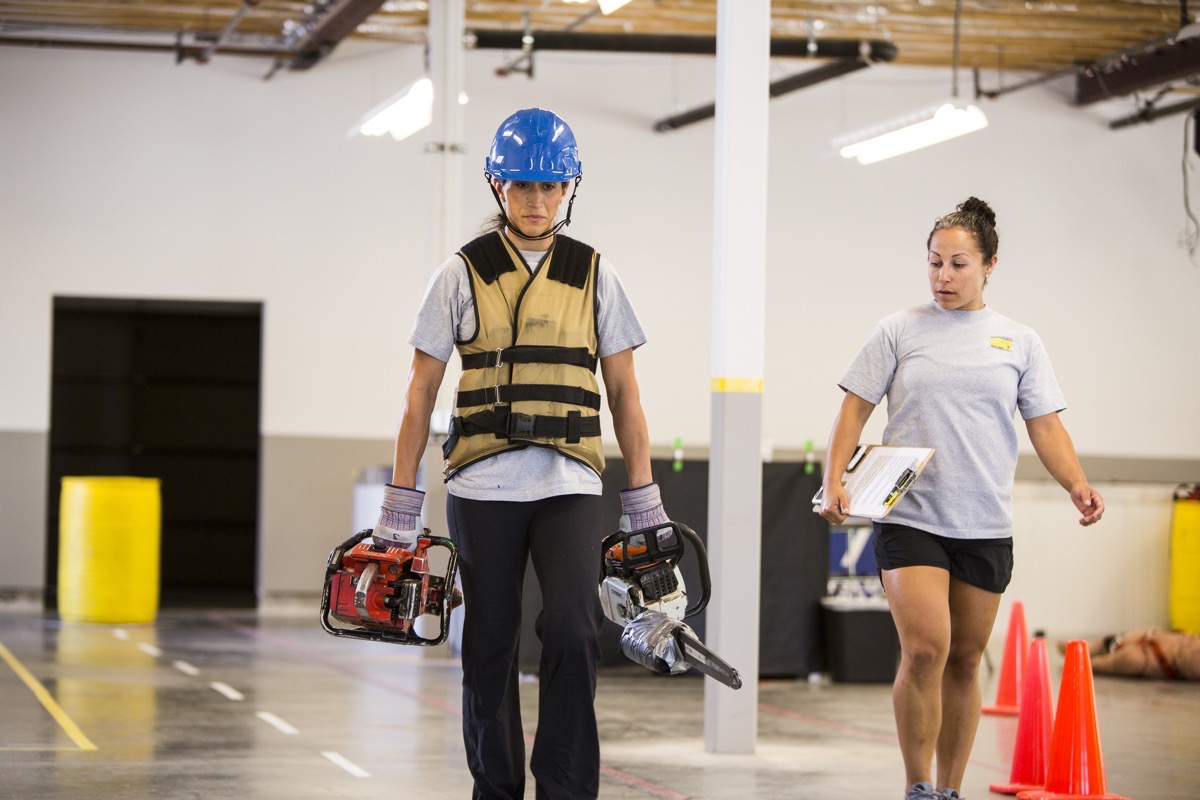WHAT IS Candidate Physical Ability Test?
During the test, candidates wear a helmet, gloves and 50-lb weighted vests, designed to simulate the weight of firefighter personal protective equipment. For the stair climb – the first event – candidates will don an additional 25-lb weight, to simulate the carrying of a hose pack into a high-rise fire.
Candidates will be accompanied by a test proctor, who will call out directions for the test events and score the candidate’s success in real time.
Each event must be completed exactly as prescribed – if a candidate fails any component of the test, they will fail the entire test. Candidates also fail if they do not complete the eight events within the 10-minute, 20-second time limit.
These eight tests make up the Candidate Physical Abilities Test (CPAT)
The purchase of a CPAT test includes a mandatory CPAT Orientation and CPAT Practice sessions. CPAT Orientation sessions last approximately one hour.
Participants in the CPAT must navigate eight separate events on a closed course within a span of 10 minutes and 20 seconds. Each event simulates a physical skill or function that firefighters experience on the job.



